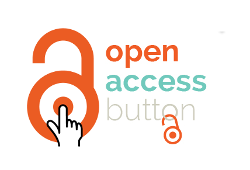Quick Summary
You may have seen in recent news that on November 18th the Open Access Button was unveiled at the Berlin 11 Open Access Conference, an international conference for students advocating for Ope

Body
You may have seen in recent news that on November 18th the Open Access Button was unveiled at the Berlin 11 Open Access Conference, an international conference for students advocating for Open Access. Created by undergraduate medical students David Carroll and Joseph McArthur, the Open Access (OA) Button is meant to publicly air and collect the frustrations of millions of researchers who are confronted with paywall pages requesting payment for viewing research articles.
The OA Button is a free, downloadable bookmarklet that can be added to your web browser’s toolbar. How does it work? When a researcher is faced with a paywall page to view an article, she can simply click on the OA Button bookmark which immediately captures and displays on a public map her experience – the article she wanted to access, her reason for wanting to access it, and her location. Moreover, the OA Button will help the researcher find a free, author-deposited version of the article using Google Scholar. [In other not-so-related news regarding Google Scholar and Thomson Reuters’ Web of Knowledge earlier in November.]
Carroll and McArthur believe that the data collected by the button will raise awareness of the global impact of paywalls and lead to open access as a default to scholarly publishing. The map provides a visual of researchers being denied access to the research they need. For more information and to try the OA Button, go to the Open Access Button website. News on the button can be found on the OA Button blog and SPARC.
Are you passionate about Open Access advocacy? Join and/or follow SPARC (Scholarly Publishing and Academic Resources Coalition). SPARC is an international alliance of academic and research libraries advocating for a more open system of scholarly communication.